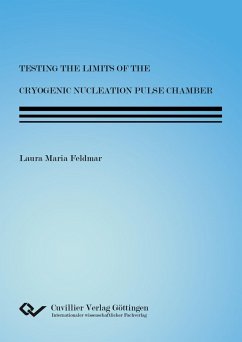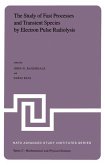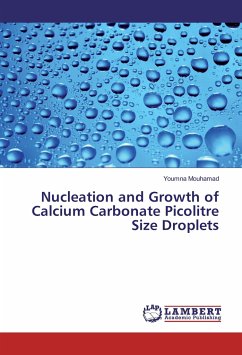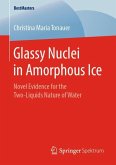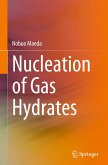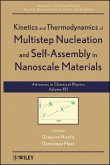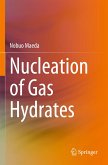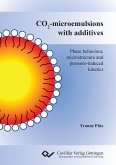The cryogenic nucleation pulse chamber was converted for room temperature experiments. The functionality of the chamber was tested by measuring homogeneous nucleation rate isotherms of water at 220, 230 and 240 K. The newly measured nucleation rates agree well with previous data from the room temperature nucleation pulse chamber and from literature. The critical nucleus size from the new data deviates slightly from the older results. The chamber was then converted back to the cryogenic settings and the pulse settings from the room temperature experiments were used in an attempt to measure nucleation rates of argon. Nucleation rates of argon could be measured at 64, 65 and 66 K. A smoothing algorithm was applied to the pressure signal and the nucleation time calculated with the integration method usually used in, among others, supersonic nozzles and laminar flow diffusion chambers. The rates show a temperature trend which is consistent with expectations, but deviate from the classical nucleation theory by up to 42 orders of magnitude. The rates also show significant deviation from the empirical correction function by Iland et al. Homogeneous nucleation onset data for nitrogen was used to determine the nucleus growth rate at T = 52, 54 and 56.5 K, with particle number densities in the range 14193 Nd / cm3 582819. The particle growth rates show the same good agreement with the growth theory by Fuchs and Sutugin as previous measurements of argon and water. The growth rates show the expected temperature dependence of significantly faster growth at high temperatures, largely due to the larger amount of condensible vapor within the system at higher temperatures. The temperature change due to the ongoing expansion after the onset of nucleation was included in the growth rate calculations, but was found to have only a small effect on the predicted growth rate. Growth rates were also measured for pure nitrogen and were found to be slower than predicted by the Fuchs-Sutugin growth theory, despite the onset of nucleation being videntical to those of a mixture of nitrogen and carrier gas.
Hinweis: Dieser Artikel kann nur an eine deutsche Lieferadresse ausgeliefert werden.
Hinweis: Dieser Artikel kann nur an eine deutsche Lieferadresse ausgeliefert werden.

